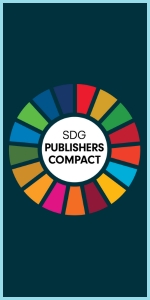WR24188Using a state vegetation type map to predict legal koala habitat at large scale: a case study in the Mid North Coast region of NSW
 , Rebecca Montague-Drake, John Turbill, Allen McIlwee and Mathew S. Crowther
, Rebecca Montague-Drake, John Turbill, Allen McIlwee and Mathew S. Crowther 
In the face of continued koala habitat loss, large-scale mapping methods that accurately predict ‘legal’ koala habitat are essential for the species’ conservation. Our study tested a new vegetation-mapping approach, which slightly outperformed on-ground surveys in identifying potential koala habitats. This method provides wildlife managers, policy makers, and consultants with a reliable, scalable tool for land management and planning. Photograph by John Turbill.
WR24188 Abstract | WR24188 Full Text | WR24188PDF (1.6 MB) Open Access Article



















